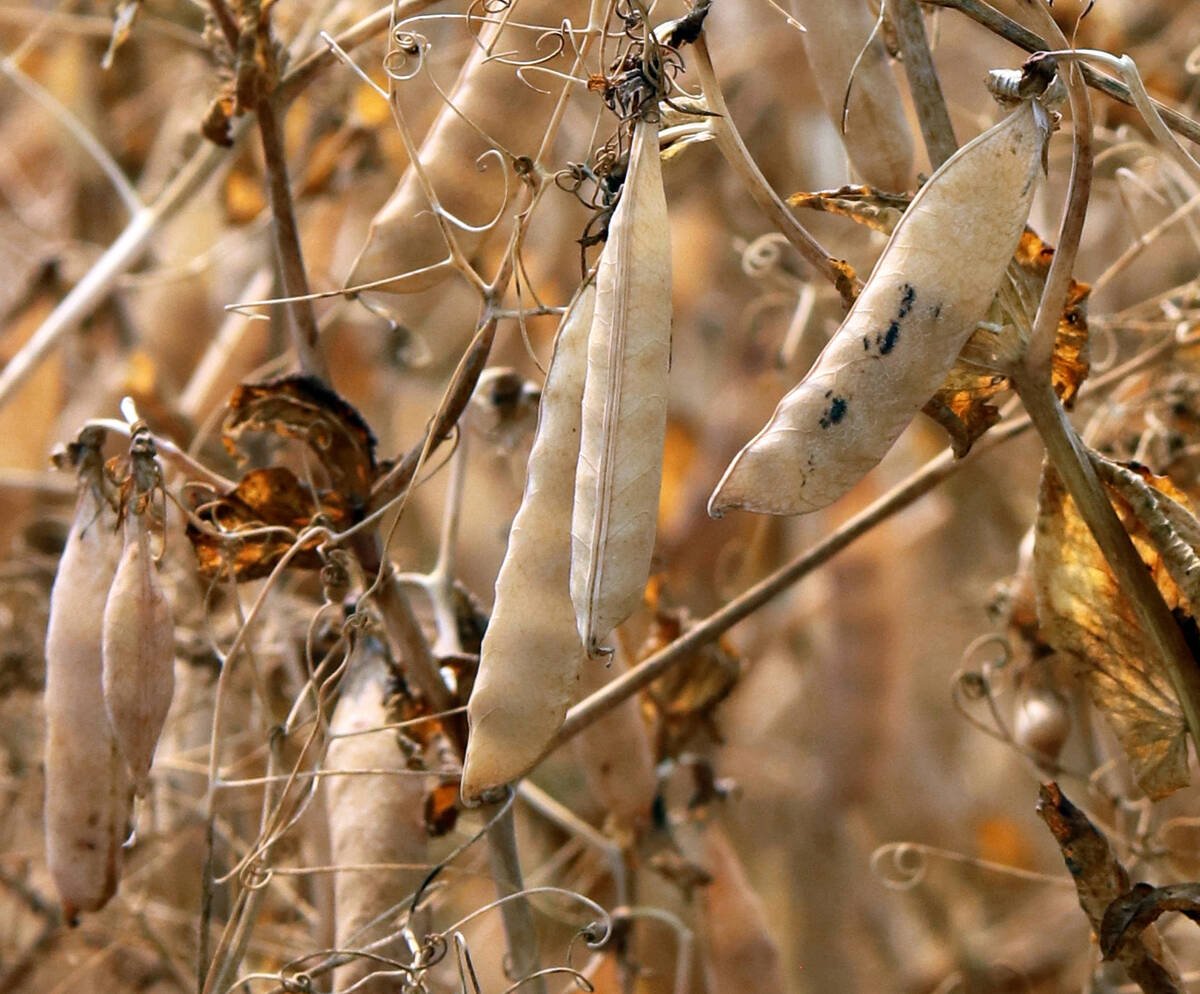Certain things are easy to spot at cattle shows in Canada.
There are bales of hay, fans mounted for cooling cattle and groups of camping chairs, usually arranged in a semi-circle.
At the Manitoba Ag Ex, held in late October in Brandon, something else was also easy to spot: the distinct white hide of Charolais cattle.
Charolais have always been recognizable but in recent years they’ve also become more popular. The Charolais herd is growing in Canada thanks to strong demand from commercial producers.
Read Also

Trump’s tariffs take their toll on U.S. producers
U.S. farmers say Trump’s tariffs have been devastating for growers in that country.
“Our numbers are increasing slowly, for the last four or five years…. We’re seeing a switchover from other breeds to using more Charolais bulls,” said Canadian Charolais Association president Darwin Rosso.
The National Charolais Show and Sale, which rotates from site to site, was held at Ag Ex in Brandon this year. About five years ago, the national herd of Charolais cows was about 19,000, Rosso said.
Last year, there were 22,000 and numbers are even higher in 2017.
“Our whole herd enrolment, based on our cow herd, it’s up a 1,000 head from a year ago. And every province is up a little bit,” said Rosso, who raises purebred Charolais near Moose Jaw, Sask.
“This year, it looks like we’re going to finish just over 23,000.”
Tanya Airey, who runs HTA Charolais in Rivers, Man., with her husband Shawn, said numbers are also up in Manitoba.
“It (the breed) is definitely gaining its popularity back in Manitoba,” she said. “There are lots of young Charolais breeders and (it’s) a very enthusiastic group.”
Commercial cattle producers seeking calves with higher weaning weights and improved feed efficiency are seeking more Charolais bulls. The increased demand is encouraging breeders to expand their herds.
“Numbers create enthusiasm,” Rosso said. “No matter if it’s a football game or whatever.”















